Education Secretary Miguel Cardona has unveiled a significant new federal initiative in New York City designed to assist millions of Americans with their student loans. This ambitious plan represents a critical component of President Joe Biden’s commitment to fulfilling a major campaign promise.
Reworking How Student Loans Operate
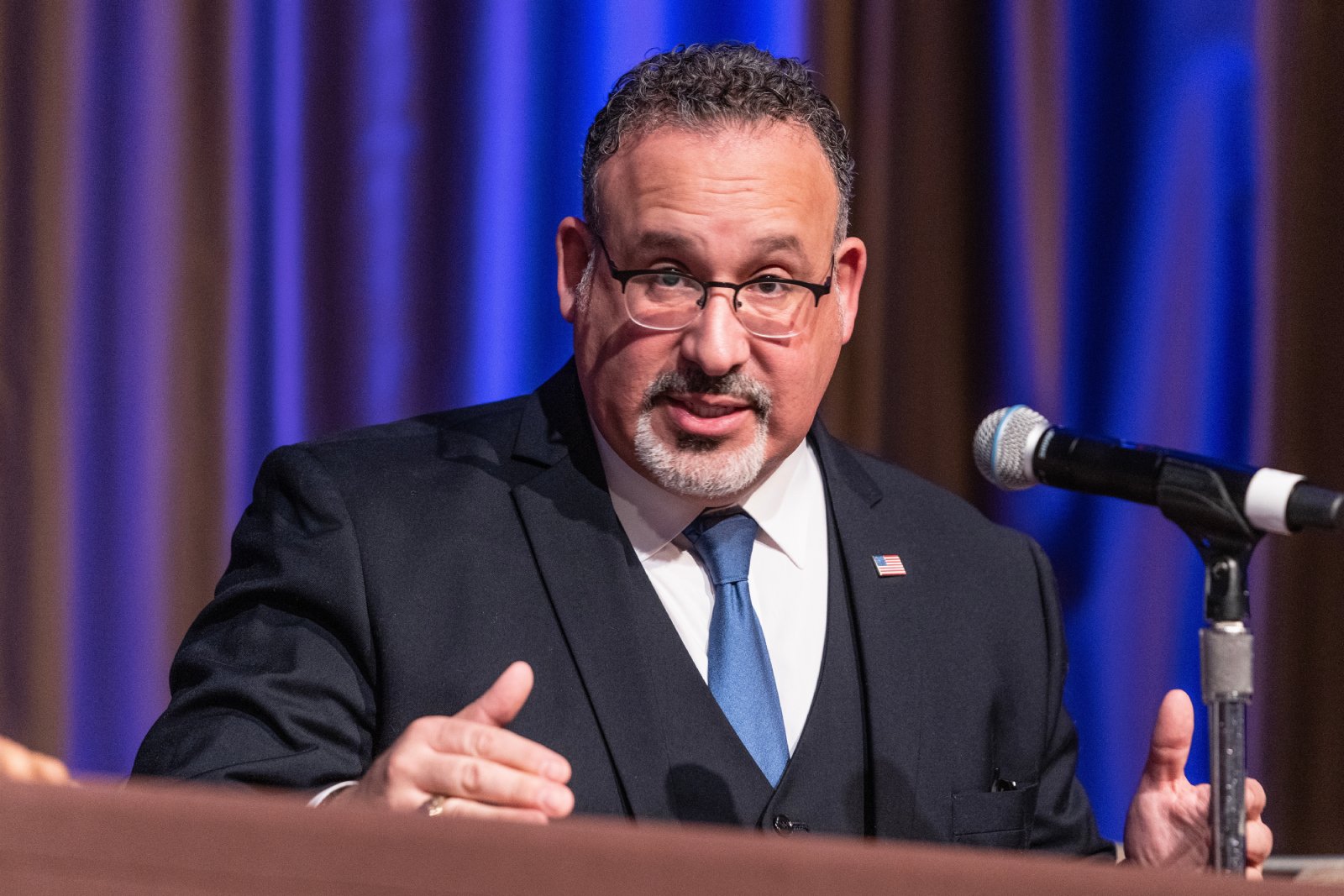
The newly proposed federal student debt relief plan aims to rework how student loans function in the United States. Led by Education Secretary Miguel Cardona and supported by President Joe Biden, this effort strives to lessen the financial load millions of borrowers face.
Learning from Previous Setbacks

After the Supreme Court denied President Biden’s first student debt relief plan, his team renewed efforts. By analyzing previous challenges, they devised a new approach that aligns with existing laws yet continues to deliver the necessary assistance.
Legal Rules
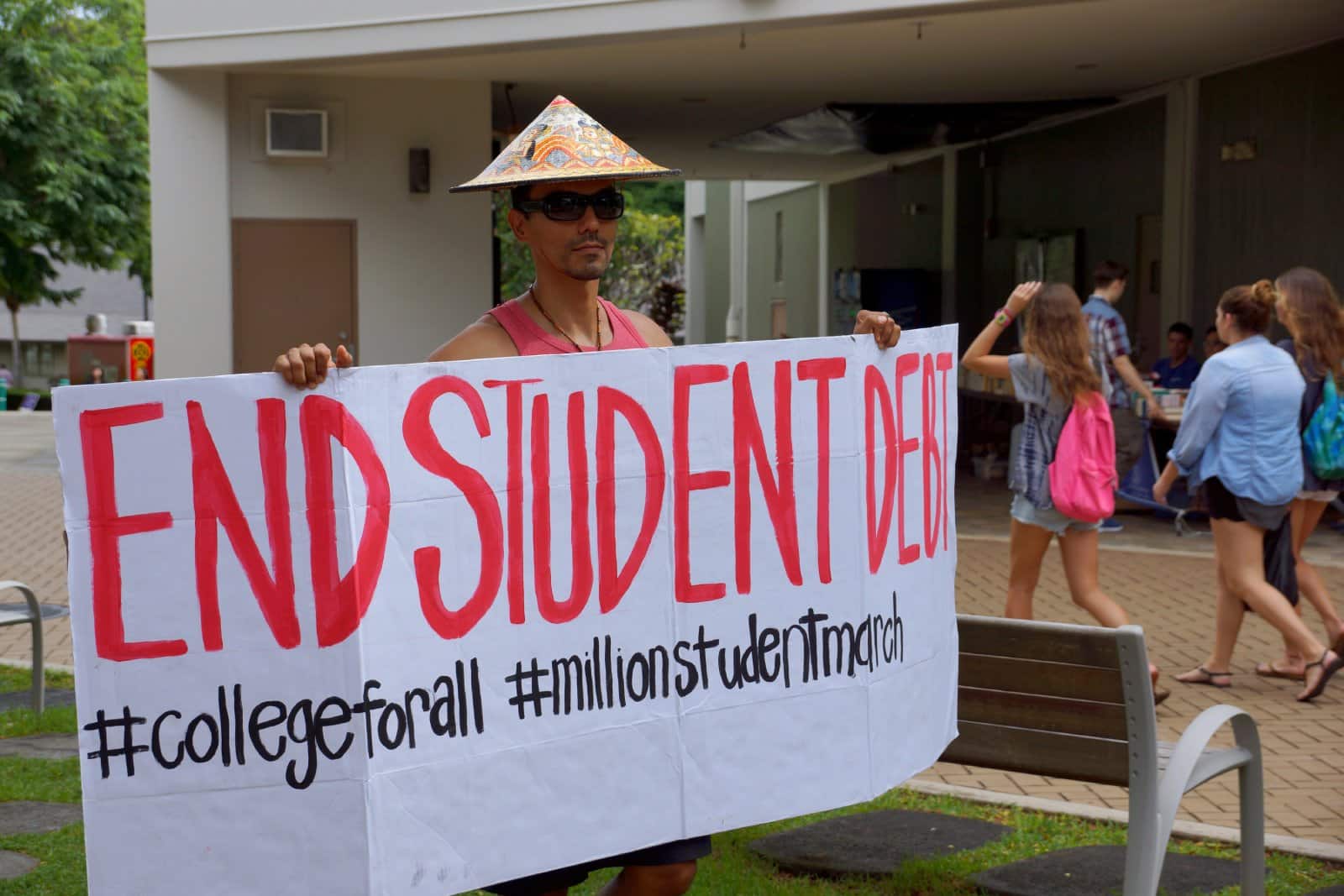
At the heart of the new proposal is the use of the Higher Education Act, which authorizes the Education Department to forgive student loans under certain conditions. Leveraging this law helps to overcome legal roadblocks while still following existing rules.
Focused Relief Actions
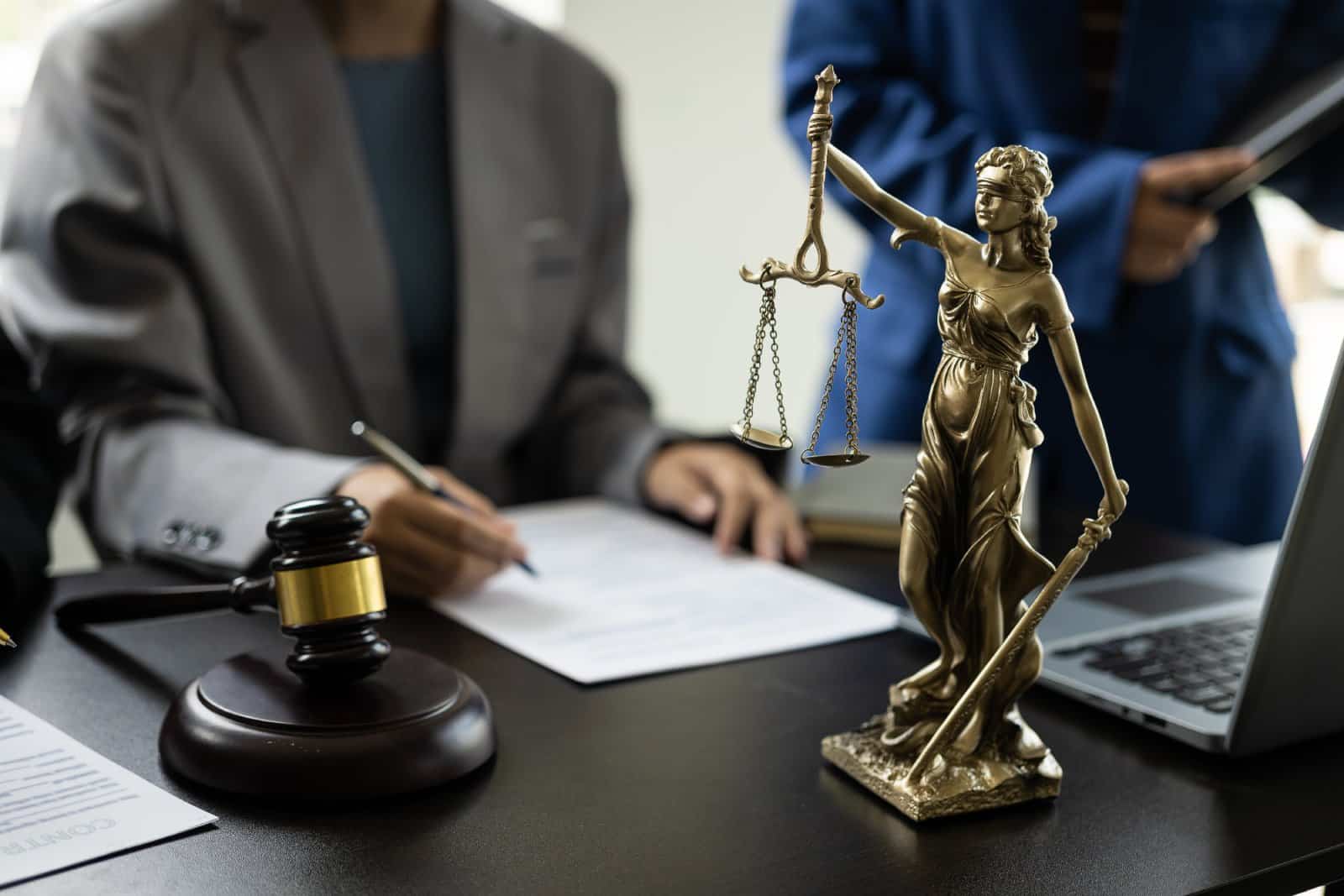
These relief measures are specifically targeted at particular groups of borrowers. By focusing their efforts, the administration can channel assistance where it is most needed, thereby ensuring the most beneficial impacts.
Addressing Neglected Needs
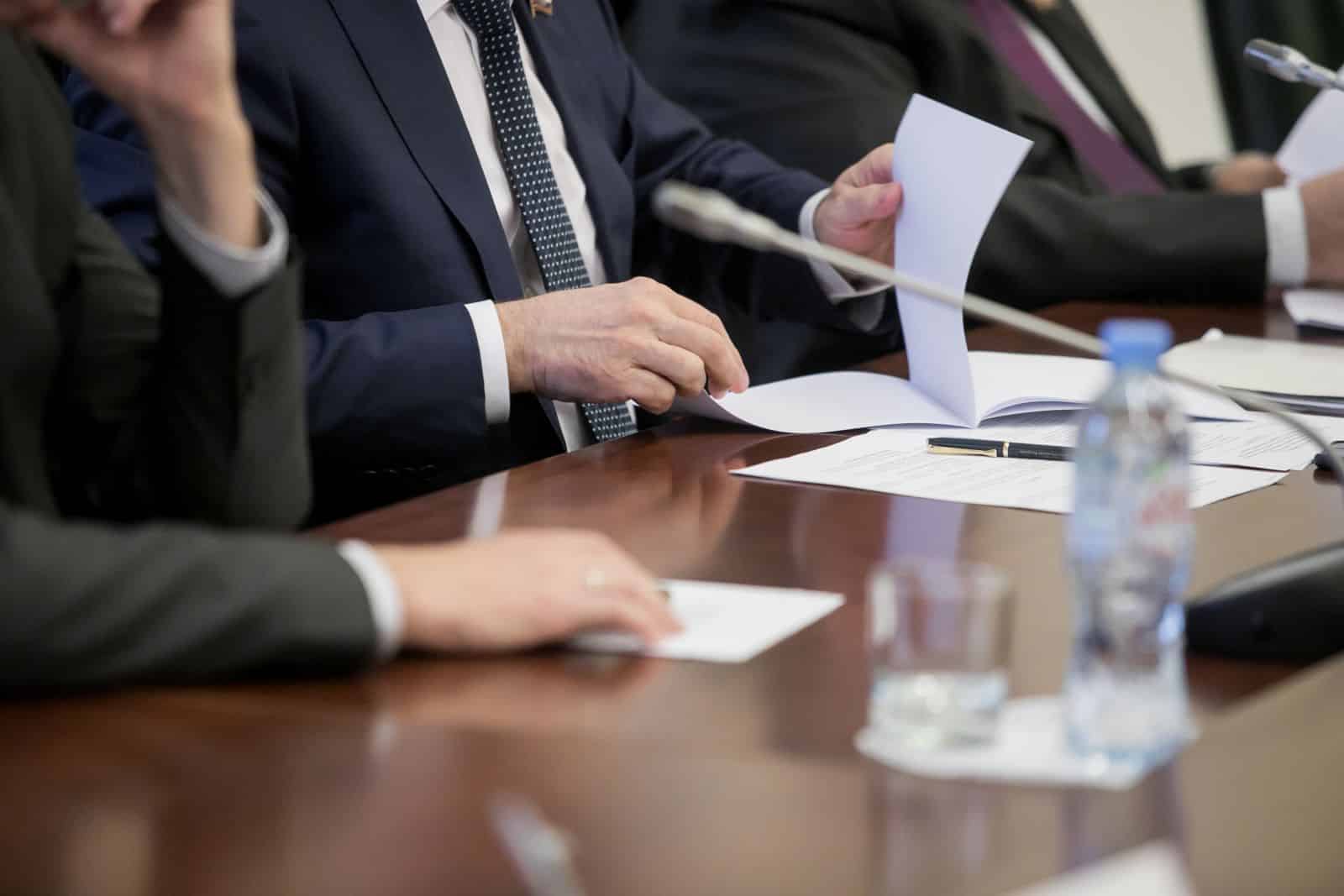
This plan aims to address the needs of borrowers hit hardest by the student debt crisis. With specialized relief steps, policymakers are seeking to reduce financial burdens for people and families nationwide.
Helping Borrowers in Need
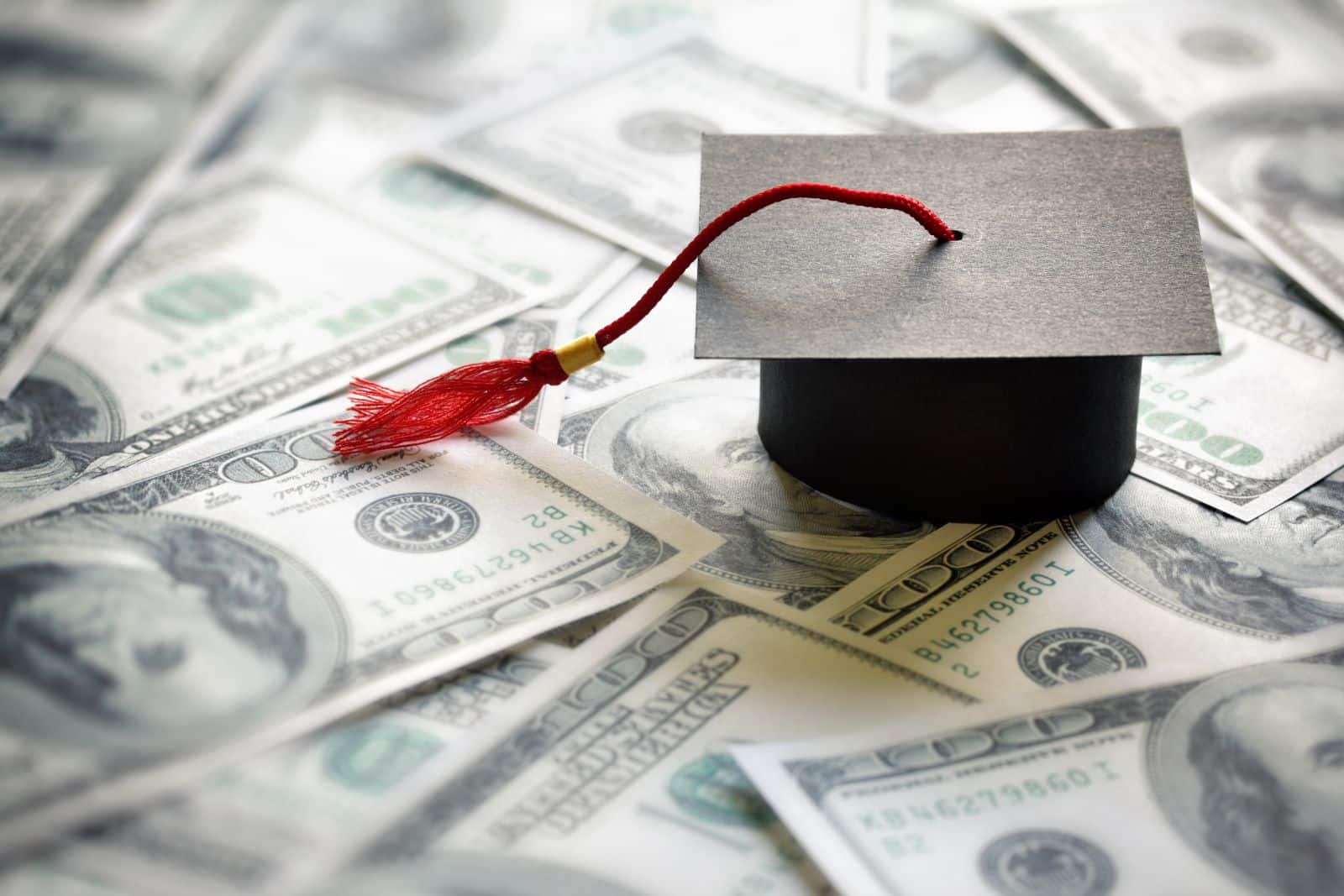
A key feature of the proposed plan is to implement automatic relief operations and streamline processes for eligible borrowers, enhancing efficiency and accessibility.
A Burden Lifted
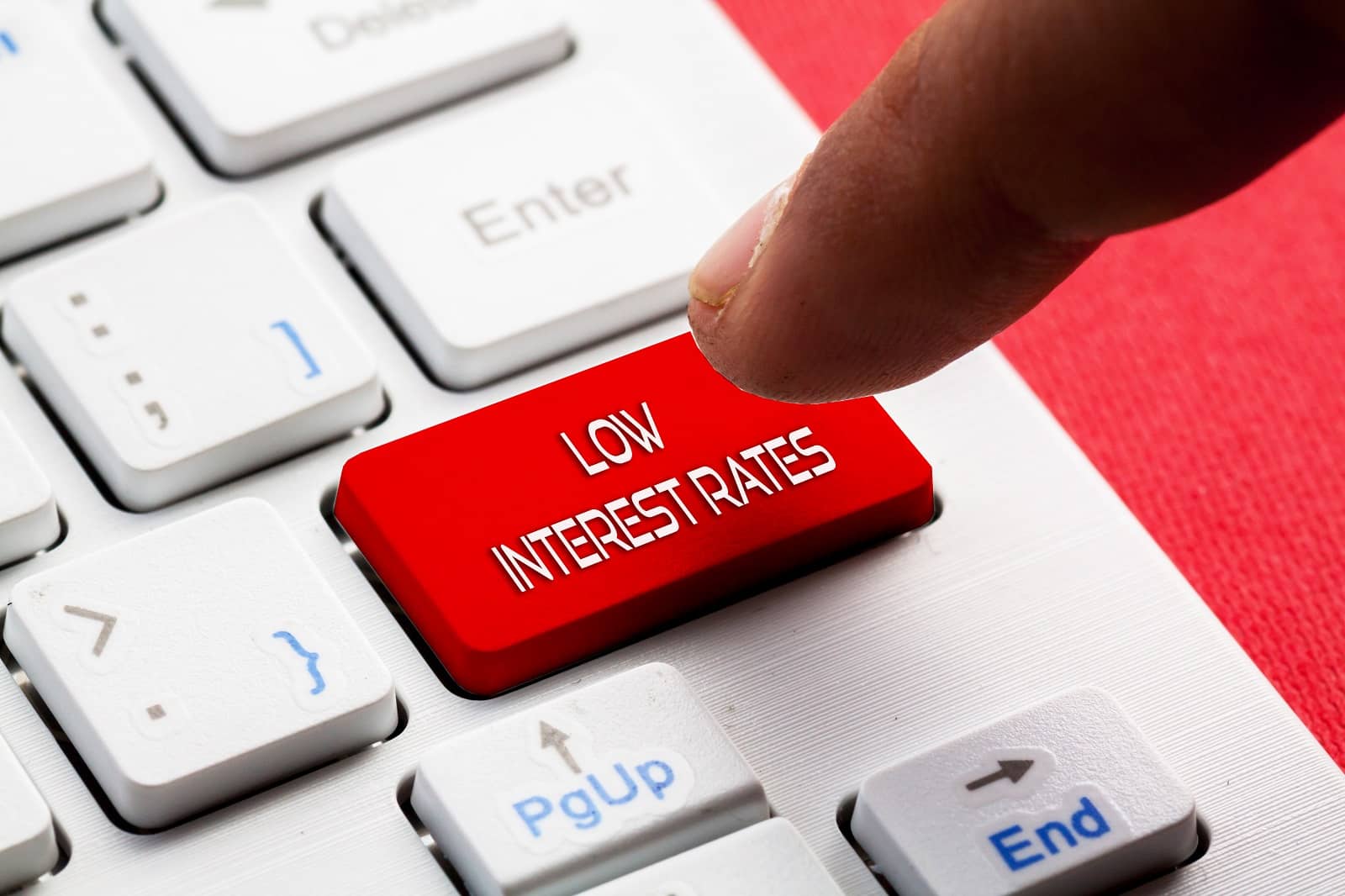
One of the suggested relief measures is to cancel interest for borrowers owing more than their original loan amounts. This crucial step alleviates the compounding interest burden, offering a fresh start for millions caught in the vice-like grip of student debt.
Fair Access for All
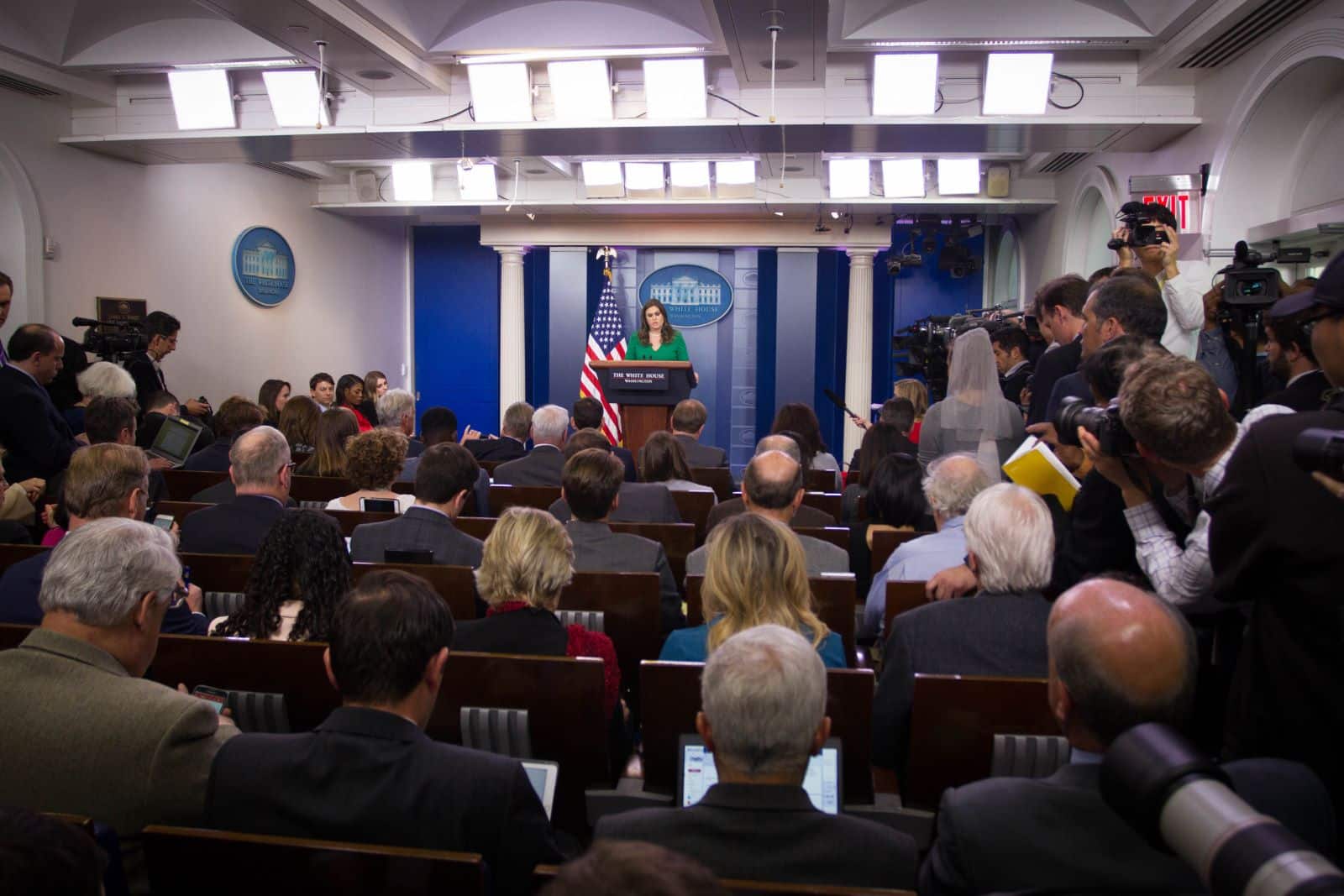
Policymakers are diligently working to ensure the equitable distribution of relief resources by establishing parameters that effectively address the diverse financial realities of borrowers.
Public Service Loan Forgiveness Program

The new plan also seeks to help borrowers who qualify for functioning federal forgiveness initiatives like the Public Service Loan Forgiveness program.
Long-Term Borrowers

Individuals who have held undergraduate loans for 20 years or more and those with graduate loans for 25 years or more are eligible for relief under this initiative. This measure aims to assist those who have been diligently making payments for many years.
Fixing Institutional Failures
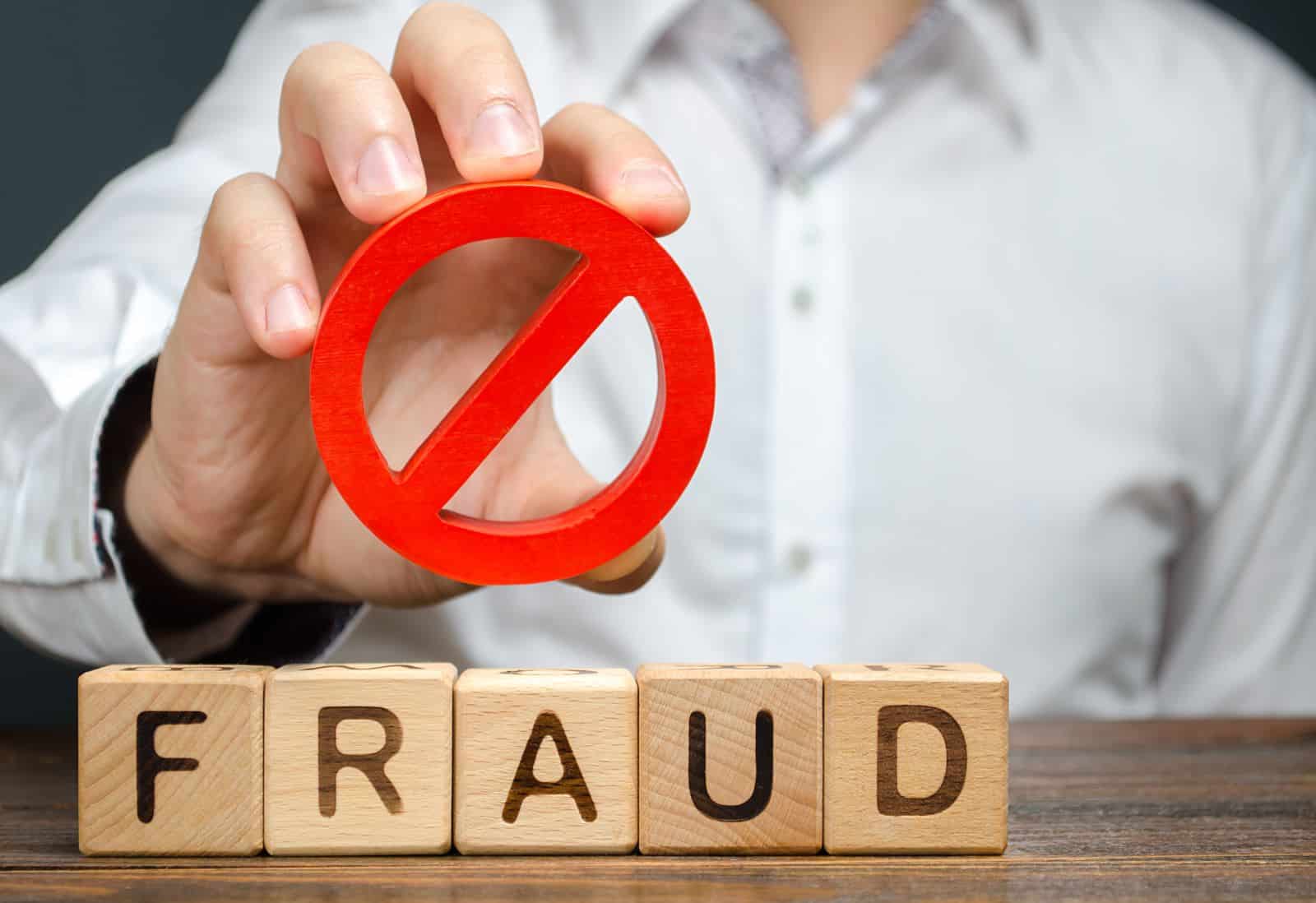
The plan addresses the issue of “low financial value” educational programs that failed to fulfill their promises to students. It aims to assist those affected and compensate for the consequences of mismanagement or fraud by educational institutions.
Hardship Considerations

Acknowledging the varied challenges borrowers face, the plan also provides a mechanism for those with unique financial troubles to seek help. Policymakers have set up an application system designed to offer relief to individuals experiencing exceptional financial hardships.
Implementation Timeline

The relief measures are anticipated to begin this fall, though the exact timeline for implementation will hinge on regulatory approvals and procedural steps. As policymakers continue to refine the rules, recipients may see date changes for expected relief.
Legal Challenges

The administration believes the plan is in line with the law. However, conservative groups will likely challenge the plan in court and argue that it is non-compliant with existing regulations.
Political Dynamics

The future of the proposed relief plan is closely linked to the perspectives of political parties. Republicans generally oppose widespread student loan cancellation, positioning the plan at the center of significant legal and political challenges. Consequently, the outcome remains uncertain.
Potential Reversibility

If the plan faces legal issues or the political situation changes, the canceled loans may need to be reinstated. While possible, undoing loan forgiveness would be difficult logistically and politically; this shows how complex it is to provide student debt relief.
Public Discourse
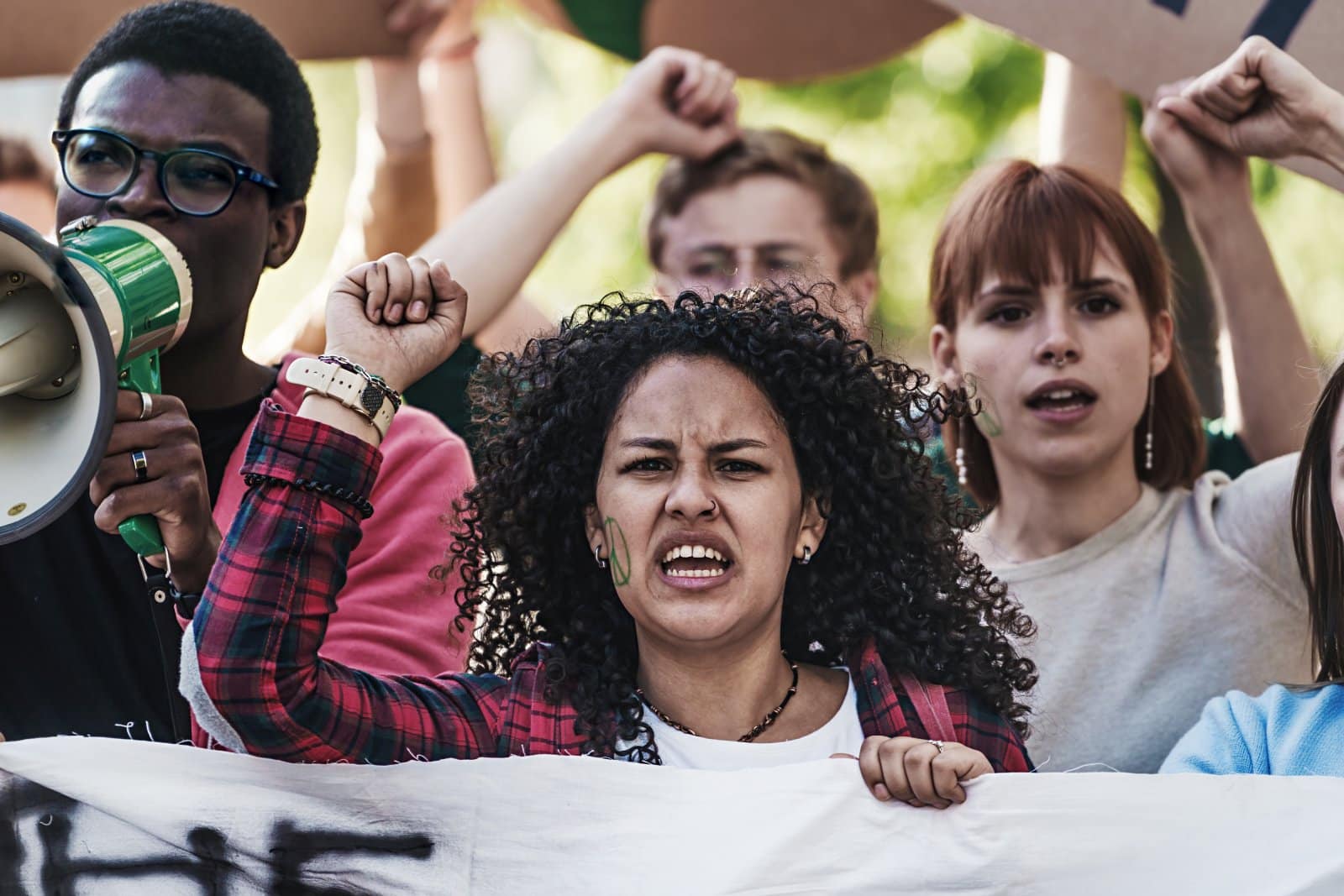
The proposed relief plan has started a lot of public discussion. As policymakers consider different factors, public involvement remains important in shaping future debt relief efforts.
Financial Implications

The financial implications of the suggested relief plan have not yet been fully determined. However, its economic effects are expected to be extensive. Leaders must strike a balance between fiscal responsibility and humanitarian needs when allocating funds, leading to ongoing debates and rigorous scrutiny.
Societal Impact
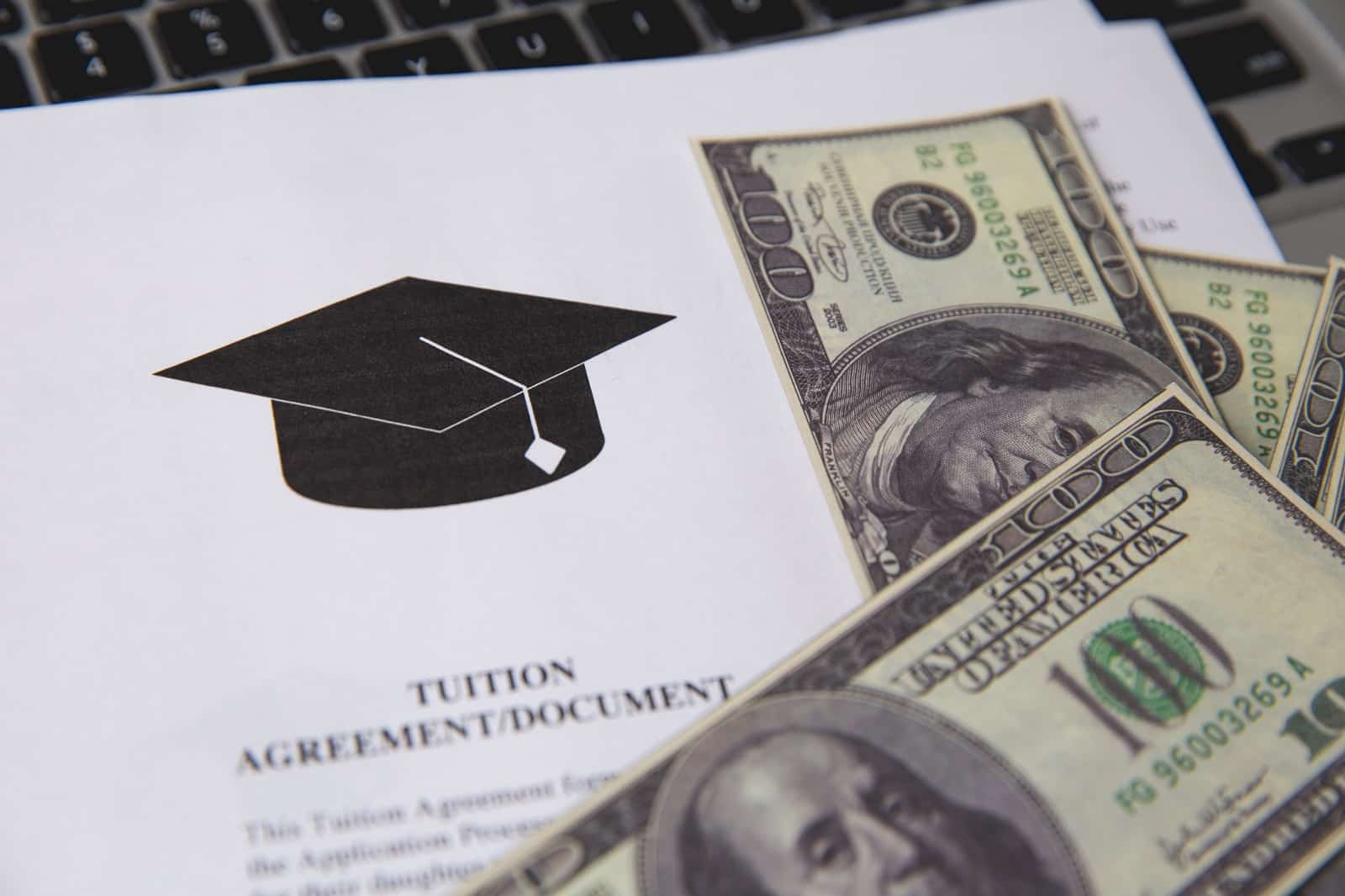
Beyond immediate financial effects, the proposed aid has profound societal implications. By tackling education system inequalities, policymakers aim to build a society where money does not prevent education access.
Congressional Oversight
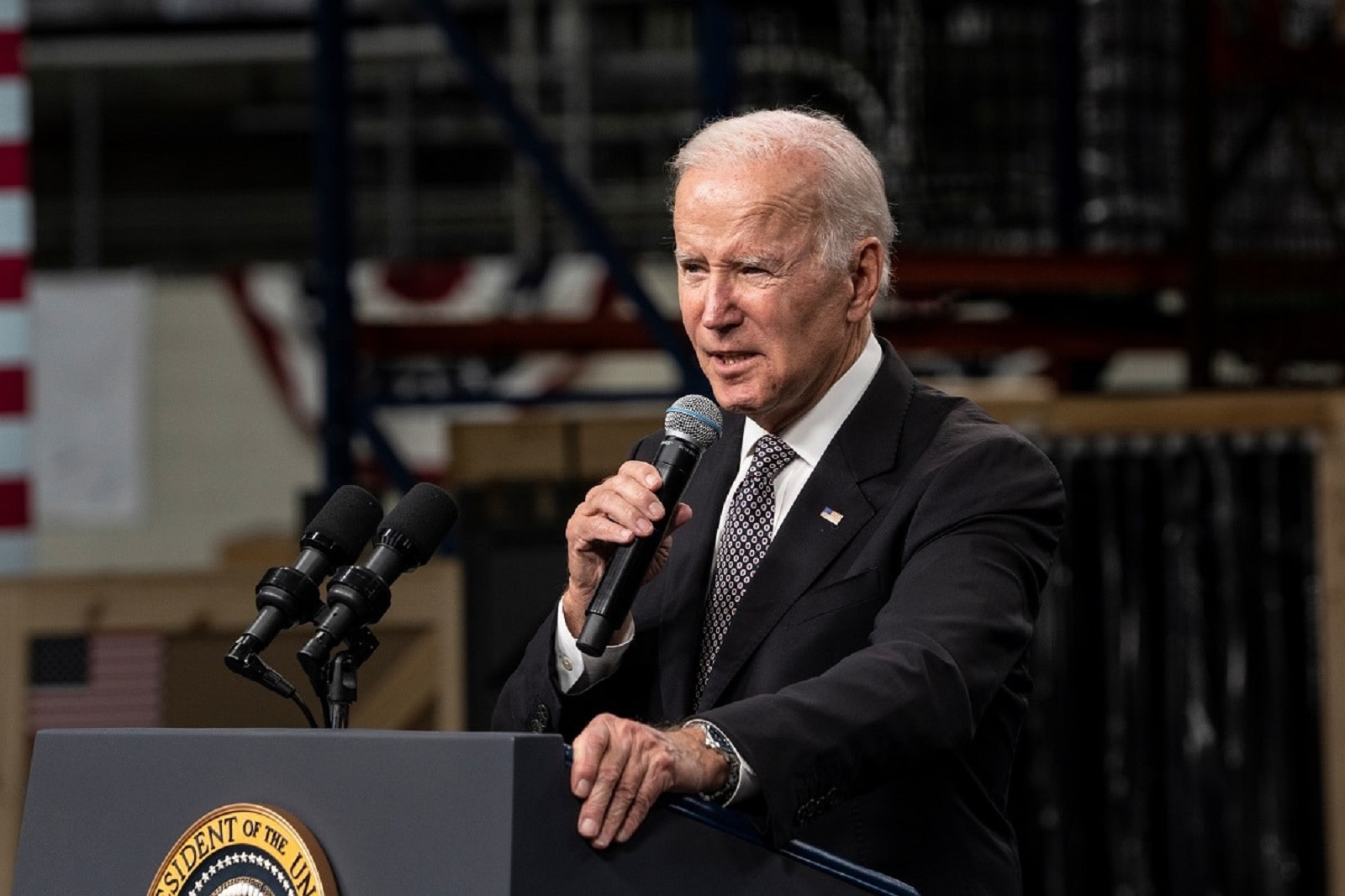
While the Biden administration asserts the legal basis for the proposed aid, congressional approval remains crucial. Bipartisan cooperation will determine the plan’s fate as lawmakers navigate legislative channels.
21 States Where Squatters Can Legally Claim Your Property
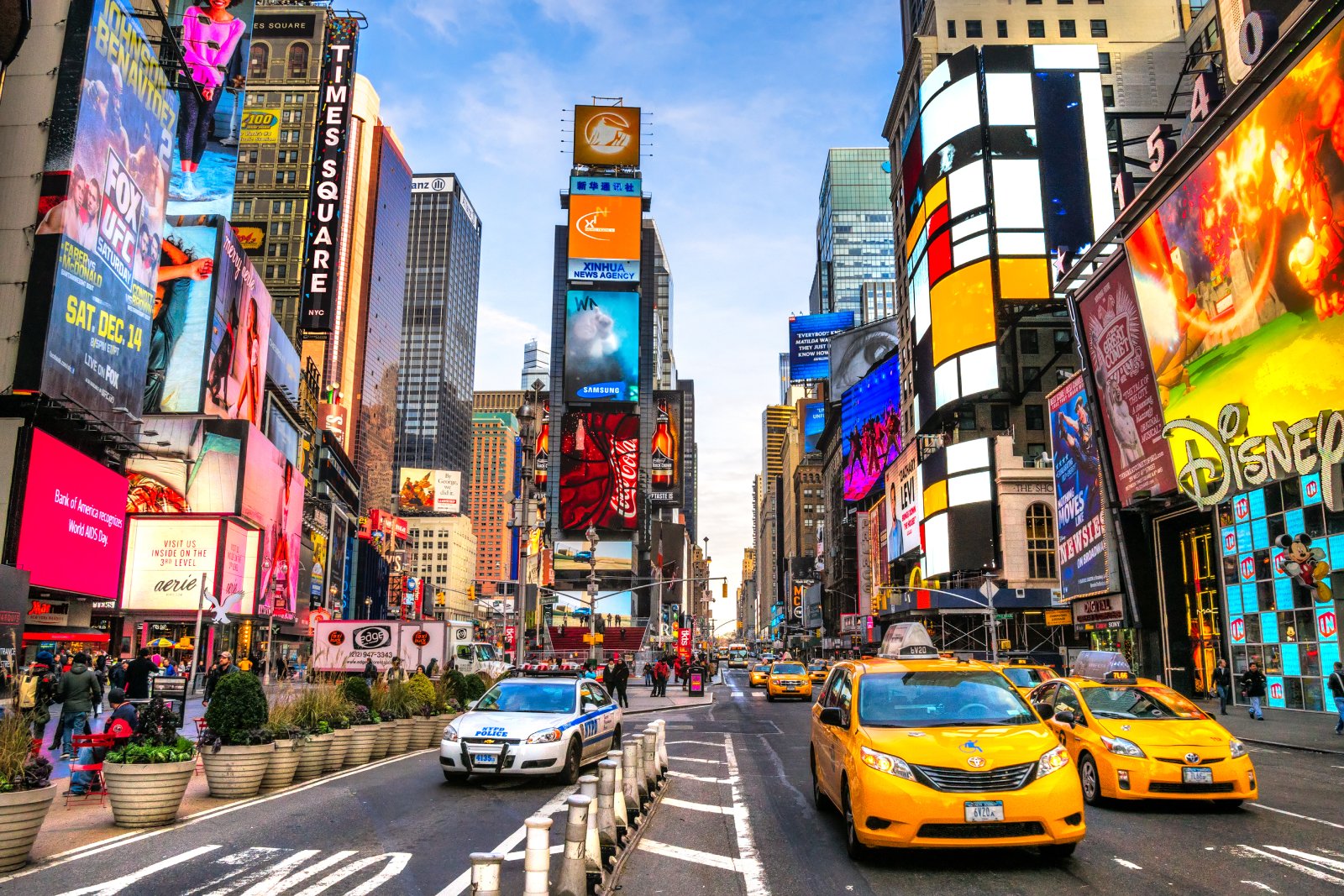
Discover how squatters’ rights, or adverse possession, are more than just legal jargon—they’re stories of unexpected twists in the world of real estate. From sunny California to the historical landscapes of Pennsylvania, here’s how these laws could turn the tables on homeowners and squatters alike. 21 States Where Squatters Can Legally Claim Your Property
14 Things That Are Banned in the U.S. but Totally Fine Elsewhere

Ever feel like America’s rulebook was written by someone with a dartboard? Across the pond or down under, things get even wackier. Let’s take a walk on the wild side of global “Do’s” that are definite “Don’ts” in the Land of the Free. 14 Things That Are Banned in the U.S. but Totally Fine Elsewhere
25 American States Nobody Wants to Visit Anymore
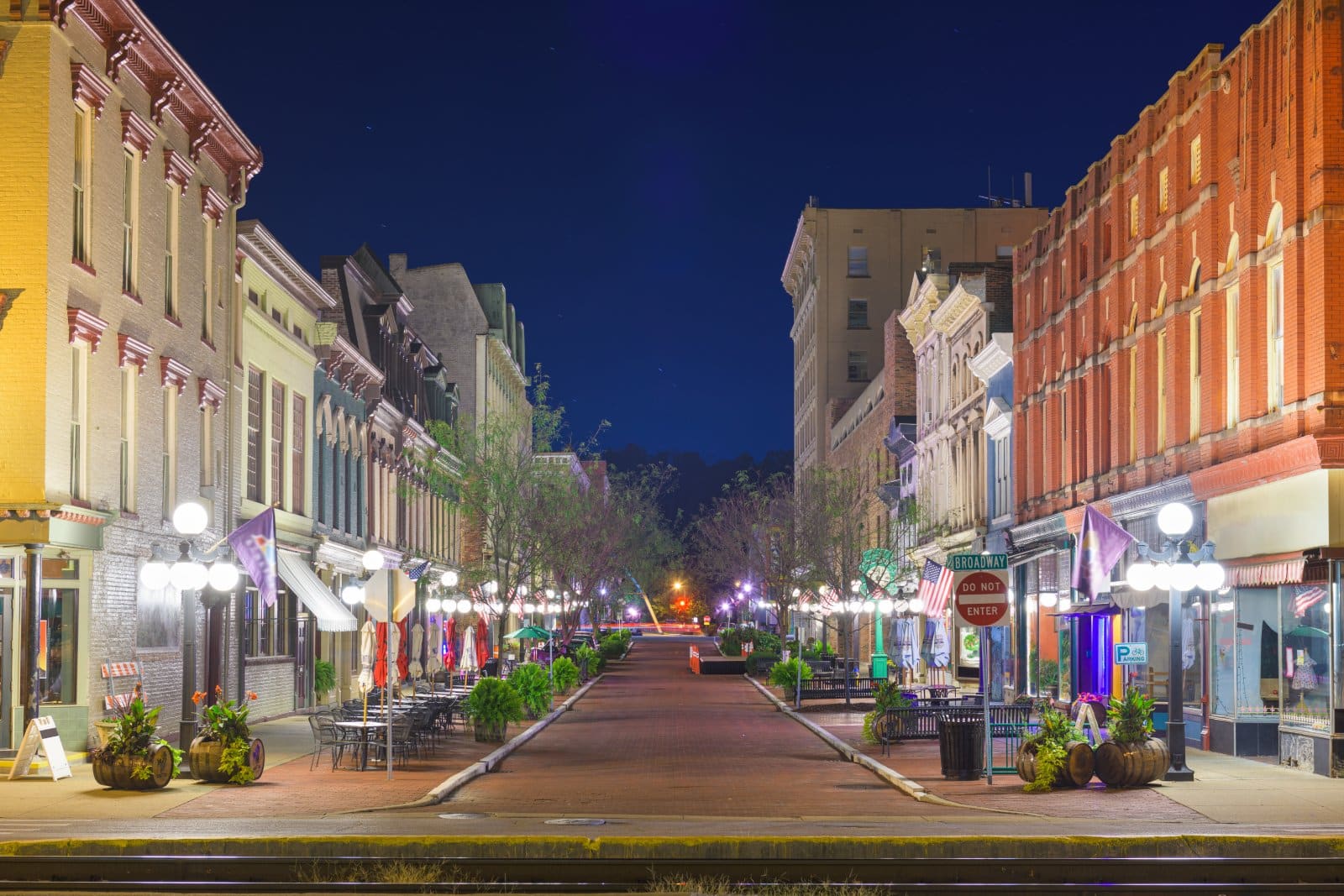
Across the United States, some states capture the hearts and itineraries of many, while others remain quietly on the sidelines, overshadowed or misunderstood. These 25 states, facing what you might call a popularity crisis, are brimming with hidden wonders, cultural riches, and natural beauty, awaiting those willing to look beyond the usual tourist trails. 25 American States Nobody Wants to Visit Anymore
20 Foods That Are Cheaper to Eat Out Than Making at Home

In a world where convenience often wins, certain culinary delights come with a lower price tag when enjoyed at a restaurant rather than crafted in your own kitchen. Here are twenty foods that might save you both time and money when indulged in at your favorite eatery. 20 Foods That Are Cheaper to Eat out Than Making at Home
17 Things You’re Paying For, but You Don’t Have To

In the land of the free, there’s a price tag on everything, but savvy Americans know better than to open their wallets for just anything. Here are 17 expenses you’ve been shelling out for without realizing there’s a cheaper or even free alternative. 17 Things You’re Paying For, but You Don’t Have To
The post Understanding the Impact of Student Loan Relief Revisions first appeared on From Frugal to Free.
Featured Image Credit: Shutterstock / fizkes.
The content of this article is for informational purposes only and does not constitute or replace professional financial advice.
